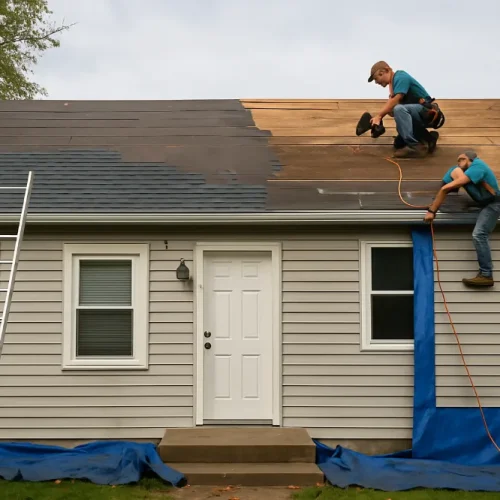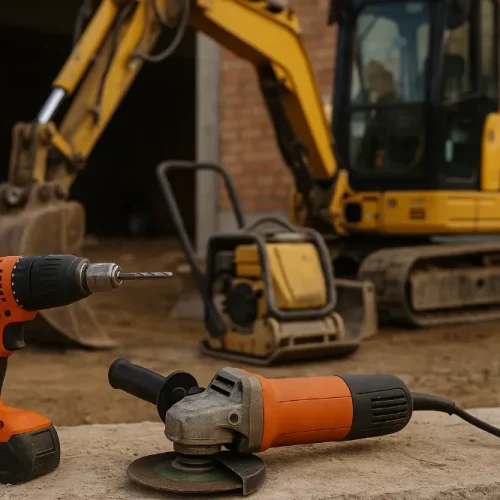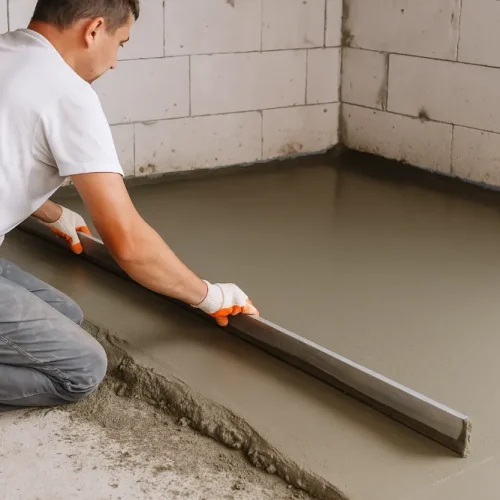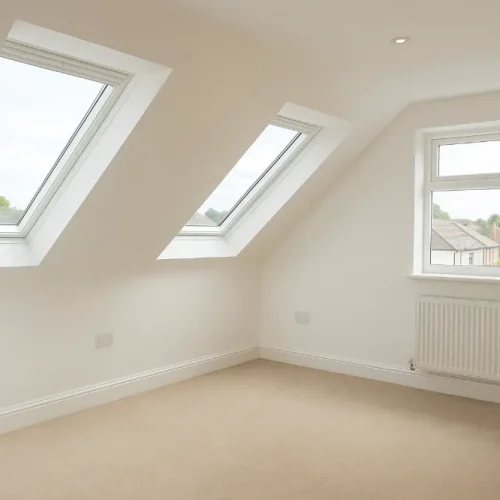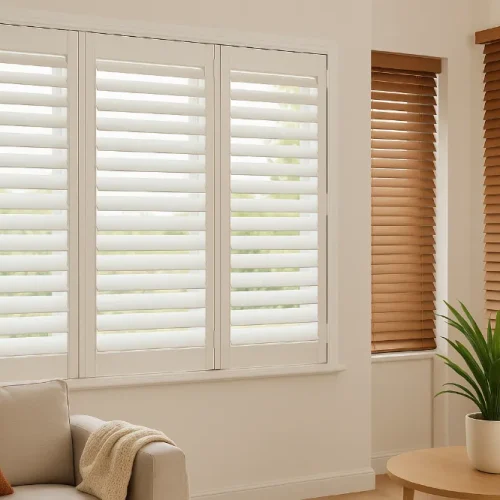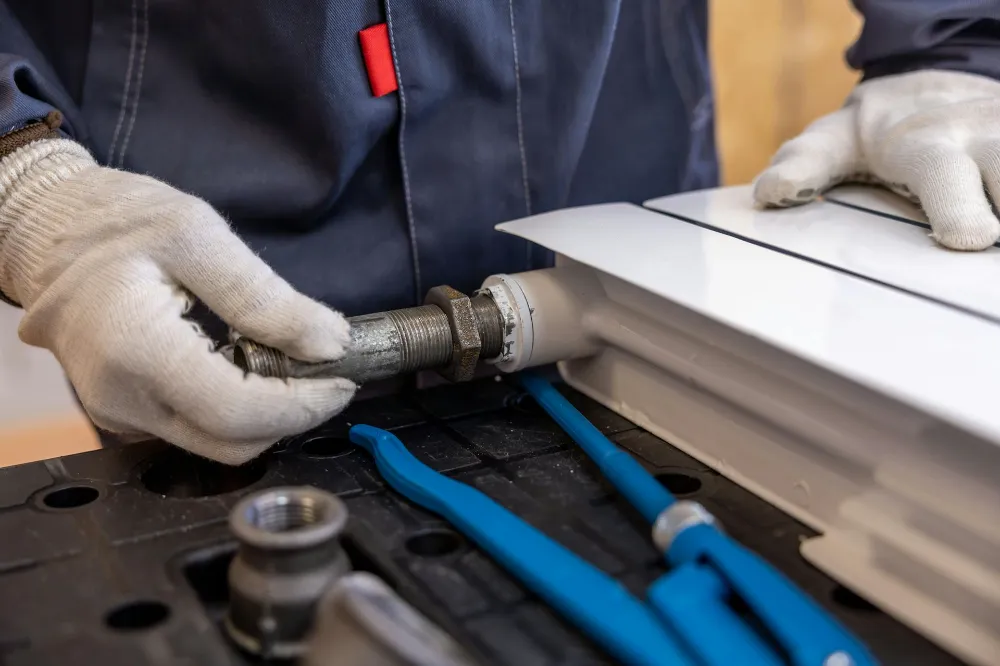
A home’s heating system works quietly and keeps temperatures steady throughout every winter. But as time passes, even the most dependable setup begins to lose its edge. What once felt efficient starts showing signs of age, that is, less warmth, higher bills, and the need for more frequent repairs.
For homeowners living in Fenton, MI, this aging process becomes noticeable once the winters test older systems to their limits. Cold air creeping in faster, uneven heating from room to room, and strange noises are often early signs that attention is needed. Understanding why heating systems struggle after a decade helps homeowners decide what steps to take.
Declining Performance from Outdated Equipment
Years of consistent use cause internal wear, slower heat cycles, and uneven air distribution. What once took minutes to warm the house can start taking hours, and even then, the temperature might never feel quite right. Outdated components and older technology eventually struggle to keep up with modern efficiency expectations.
When homeowners in Fenton, MI begin noticing such patterns, it’s worth considering a professional evaluation. In many cases, a furnace replacement in Fenton, MI restores warmth and consistency while reducing long-term energy costs. Upgrading an older unit can bring comfort back without the frustration of ongoing repairs or uneven heating throughout the season.
Corrosion Within Internal Parts and Connections
Metal parts inside a heating system face constant cycles of heat, moisture, and airflow. Over the years, that combination leads to corrosion, especially within the heat exchanger and connectors. Once corrosion begins, it weakens the structure and makes the system more prone to leaks, inefficiency, and safety risks. The process happens slowly, often hidden until problems become noticeable during an inspection or routine maintenance.
Regular maintenance can slow corrosion, but it can’t fully stop it. Once internal rust forms, airflow and heat transfer start to suffer. At that stage, keeping the system running becomes less about performance and more about preventing further damage until a replacement is practical.
Worn-Out Components Affecting Heat Consistency
Mechanical parts inside a furnace, such as belts, bearings, and fans, carry most of the workload. After years of operation, those parts wear down, creating friction that limits performance. The system may still turn on, but the temperature fluctuates more often, and it takes longer to heat rooms evenly. Wear also increases strain on the rest of the system, leading to more breakdowns over time.
This kind of gradual decline often starts small, with one component struggling before it spreads to others. Replacing worn parts can temporarily restore balance, but as the system continues aging, repairs become more frequent and less effective.
Weak Blower Motors Creating Uneven Heating
Blower motors are responsible for pushing warm air through the ducts and into living spaces. When they start weakening, airflow becomes patchy, leaving some rooms comfortable while others stay cool. The motor may still run, but it works harder and draws more energy to achieve less output. Eventually, the strain shows up in higher utility bills and slower heating times.
Weak blower performance also impacts air quality. With less air moving through filters, dust and debris begin to settle inside ducts. This adds resistance, forcing the motor to work even harder and speeding up its decline.
Outdated Insulation Reducing Overall Efficiency
Even a working furnace can struggle when the surrounding insulation has aged. Insulation compresses and loses its density over time, allowing more heat to escape through walls, ceilings, and vents. When this happens, the heating system runs longer to maintain the same temperature, wasting energy and wearing itself down faster.
Checking and updating insulation is a simple step that often reveals just how much the system has been overworking. Replacing old insulation materials helps restore the balance between heat output and retention.
Duct Leaks Leading to Heat Loss
After years of use, ductwork can loosen or develop small gaps that quietly waste heat. Warm air escapes before reaching the rooms it’s meant for, forcing the furnace to run longer and harder. In older systems, duct leaks often go unnoticed because the home still feels somewhat warm, but efficiency drops and energy bills rise.
Inspecting ducts every few years helps prevent unnecessary strain on the system. Sealing gaps, replacing damaged sections, or adding insulation around older ducts can restore proper airflow.
Increased Noise
As heating systems age, they start to sound different. What once was a low hum can turn into rattling, banging, or squealing. Such noises come from worn bearings, loose panels, or vibrations caused by parts that are no longer perfectly aligned. While some sounds are harmless, others are early warnings that mechanical fatigue has started to affect internal stability.
A loose component can strain connected parts or cause an imbalance in the blower or motor assembly. Getting such issues checked early keeps small repairs from turning into major breakdowns and helps maintain a quieter, smoother system for the years it has left.
Heat Exchangers Wearing Down
The heat exchanger works at the core of every furnace, expanding and contracting each time the unit heats and cools. After a decade or more of daily operation, the constant temperature changes can create hairline cracks or thinning in the metal. This wear affects both efficiency and safety since even minor cracks can leak combustion gases into the air.
Regular inspections can catch changes before they become hazardous. When the exchanger begins showing wear, replacement is often the most practical fix. In many cases, though, extensive damage suggests it’s time to consider a full system upgrade instead of repairing a single component that’s past its reliable service life.
Delayed Ignition or Burner Malfunctions
Older heating systems often experience issues with ignition. Dirt buildup, worn burners, or malfunctioning sensors can cause delayed starts or uneven flames. Such problems make heating unpredictable; sometimes the furnace hesitates before starting, and other times it shuts off too soon.
Routine cleaning and maintenance can prevent some ignition problems, but repeated malfunctions are usually signs of deeper wear. Components like igniters and burners have a limited lifespan, and once they start to fail, they tend to trigger other system inefficiencies.
Conclusion
After a decade of steady use, heating systems begin showing signs of wear that affect comfort, safety, and energy efficiency. From weakened blowers and worn heat exchangers to duct leaks and noisy operation, the decline happens gradually until it becomes hard to ignore.



